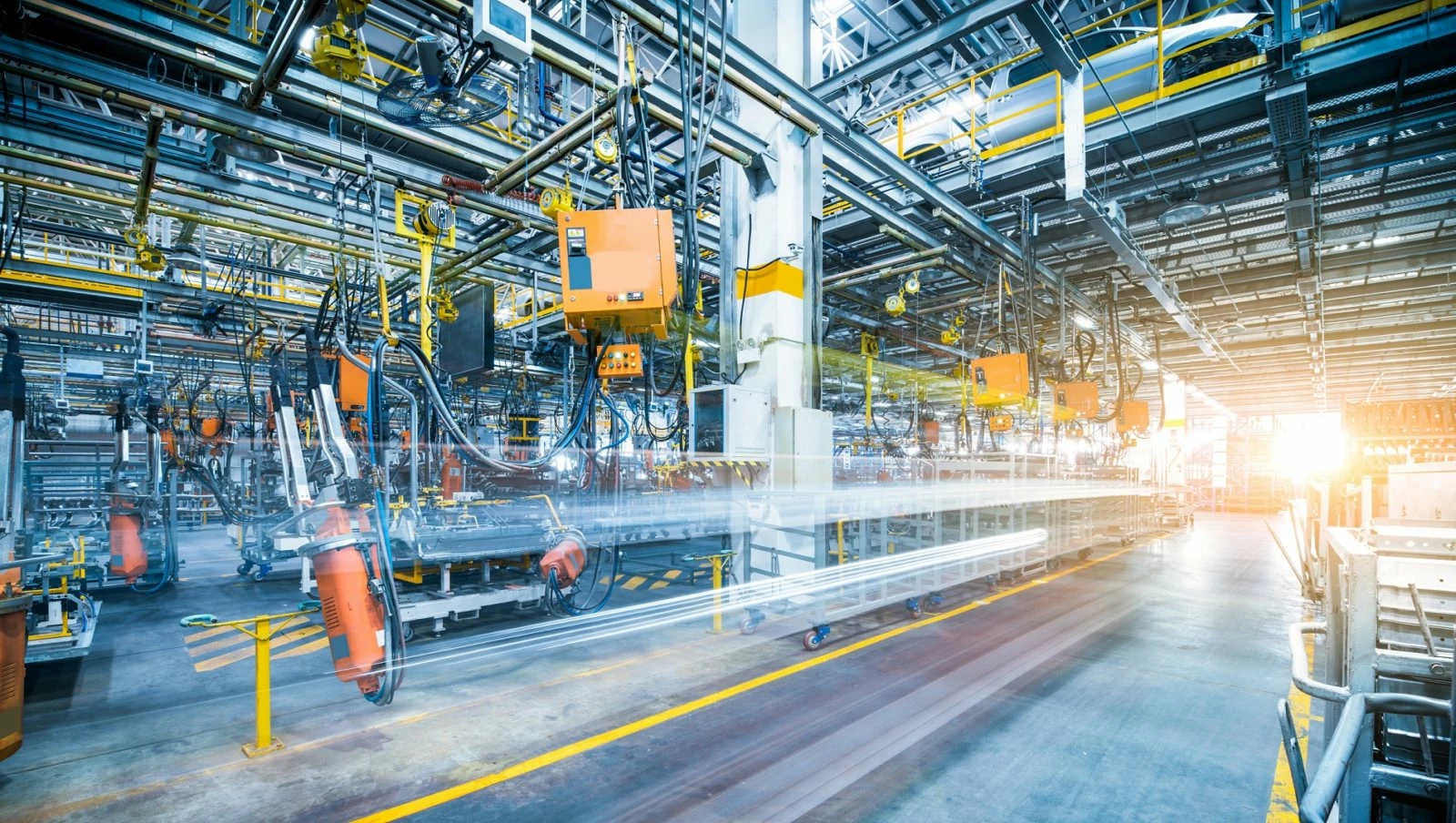We recently discussed the geopolitical and financial trends that are likely to drive treasuries to review their payment factories in 2019. Updating your payment factory could help you take advantage of digitalisation, new technologies and real-time, cross-border payments—all while offering significant cost savings.
However, the payment landscape is changing fast. How can you make sure your payment factory is fully optimised, and ready for whatever the future might bring? Birgitte Hoff, Product Manager for Liquidity Management Solutions at Nordea, has given us her key recommendations.
Build a strategic roadmap
If you’re a large corporate, it’s likely you’ve already centralised your payments and collections, but there’s always room for improvement. Depending on how your system has been built, it can be difficult to identify and prioritise areas for improvement—setups can be complex and differ greatly between organisations. Before you invest in any upgrades, Hoff says it’s important that you have an intimate understanding of your current system, how it’s operating in practice, and how it can support your core business even more effectively.
“You need to perform an assessment of your current payment and collections processes and have a dialogue with all stakeholders. This may involve speaking to treasury employees, the C-Suite, your bank or any enterprise resource planning (ERP) providers,” Hoff says. “Once you understand your current processes and pain points, you can start building a roadmap that’s fit for the future.”
This roadmap could highlight a range of potential improvements. “You might identify ways to simplify existing processes, automate routine tasks and speed up administrative work, or operate on-behalf-of payment and collections. You can also look at ways to allocate human resources more effectively,” Hoff says. “And it’s not just about efficiencies. By improving the transparency of your payments and collections, you may be able to reconcile payments and send or receive goods faster—and that leads to a better customer experience.”
Hoff believes it’s also important to look into strategic possibilities. “The more centralised your payment flows are, the better your overall view of liquidity is,” she says. “That allows you to free up working capital and invest it, or use it to improve your core products. You should think about how your payment centralisation can add strategic value to the wider business.”



